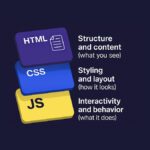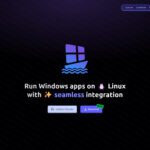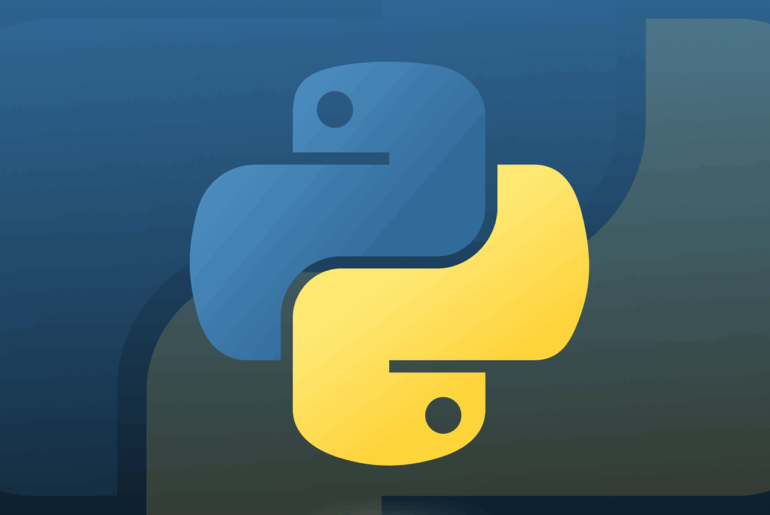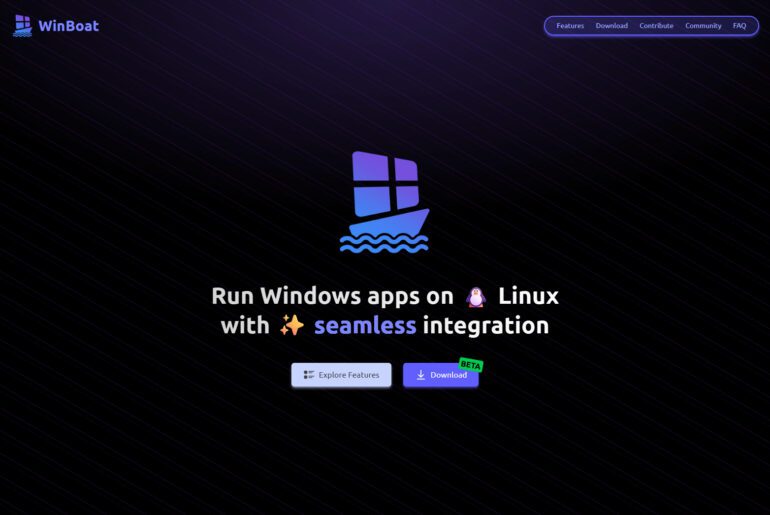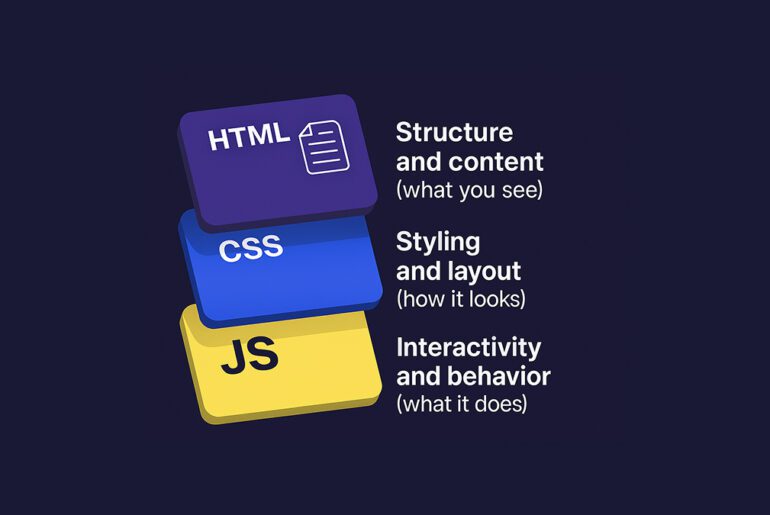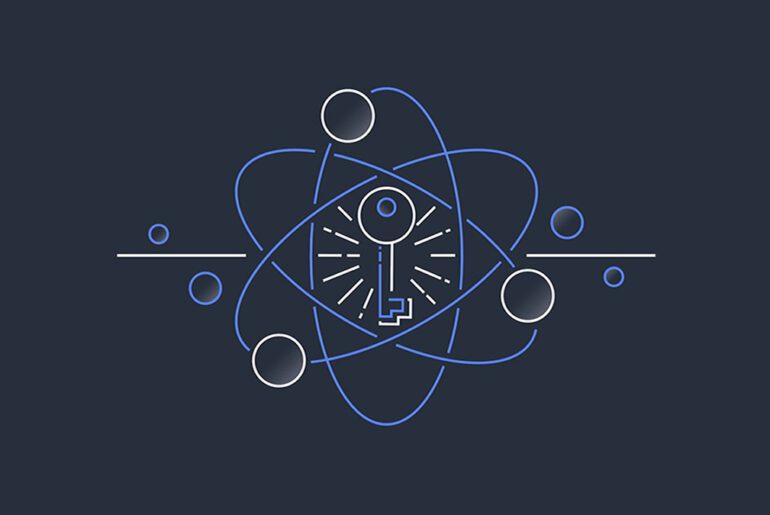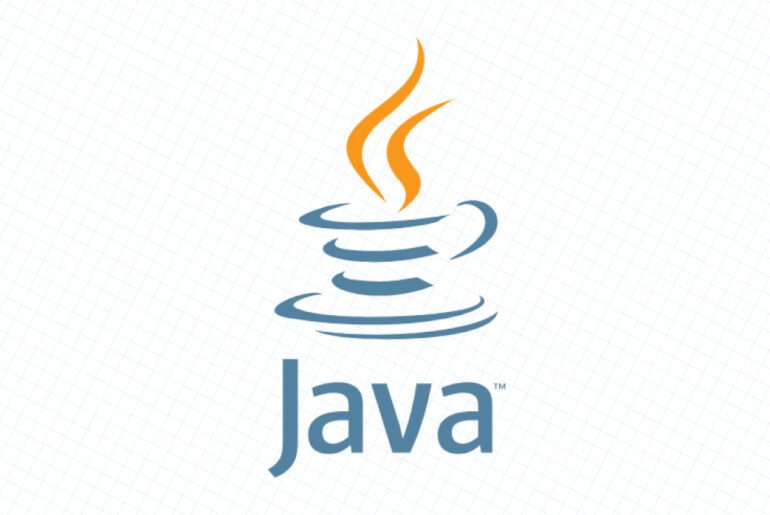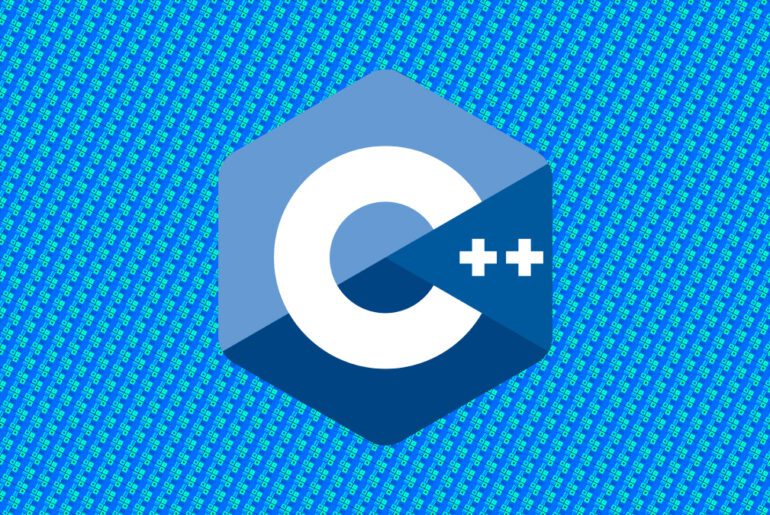If you’re reading this, chances are you’re asking yourself: Can learning back-end development through a bootcamp really be a smart investment? The short answer is: yes — but only if you choose well.
In 2025, the landscape of back-end bootcamps is crowded. Some are stellar; others are hype. In this article, I’ll walk you through what matters (so you don’t waste time or money), then highlight standout bootcamps that suit different styles and goals. My hope? You walk away with clarity and excitement — not overwhelm.
First, let’s set expectations. Back-end development is everything happening “behind the scenes” in software: handling server logic, databases, APIs, authentication, data processing—that kind of stuff. It’s less about pixels and more about plumbing.
A back-end bootcamp (or a bootcamp with a strong back-end track) typically:
- Teaches server-side languages and frameworks (e.g. Node.js / Express, Python / Django or Flask, Java / Spring, Ruby on Rails, etc.)
- Covers databases (SQL, NoSQL), REST/GraphQL APIs
- Emphasizes deployment, security, state, performance
- Includes real projects (you build stuff)
- Offers career support (interview prep, résumé help)
The challenge: some bootcamps call themselves “full-stack” but barely dig into back-end. Others are backend-first. So you’ll want to peek at their curriculum and alumni outcomes.
Also — and this is worth saying — you can learn a lot of back-end skills on your own, using free resources (FreeCodeCamp, boot.dev, etc.). Some folks in developer forums argue that bootcamps are overpriced or unnecessary these days. But the structure, mentorship, peer pressure, and career services in a good bootcamp often tip the balance.
So, yes: bootcamps aren’t magic, but done wisely, they can accelerate your journey.
How to judge a bootcamp (so you don’t regret it later)
Let me share the filters I use when recommending bootcamps — the criteria you ought to check:
- Back-end depth, not just surface
Make sure there’s serious time dedicated to server-side logic, database design, deployment. If “backend” is just a single module, skip it. - Project portfolio & real deployments
You want to build stuff you can show to employers — APIs, microservices, working apps. Bonus points if you deploy to cloud environments. - Career outcomes & transparency
Look for verified job placement statistics. If they guarantee a refund or job (or partial) if you don’t land a job, even better. - Mentorship & community
Will you get 1:1 support? Will instructors review your code? Will there be group projects? These make or break your learning journey. - Accessibility and flexibility
Can you study part-time? Remote or in-person? What about time zone alignment? - Cost, financing, and risk mitigation
Look for income-share agreements, payment plans, scholarships, or refund policies. - Stack alignment with your goals
If you want to work in Python-heavy companies, a bootcamp heavy in JavaScript might not give you the best match.
Use these as litmus tests — don’t just go for hype or marketing.
Below are some back-end or full-stack programs that, as of 2025, have strong reputations, credible outcomes, or interesting models. I’ll note their strengths (and caveats) so you can pick what fits you best.
TripleTen (software engineering track)
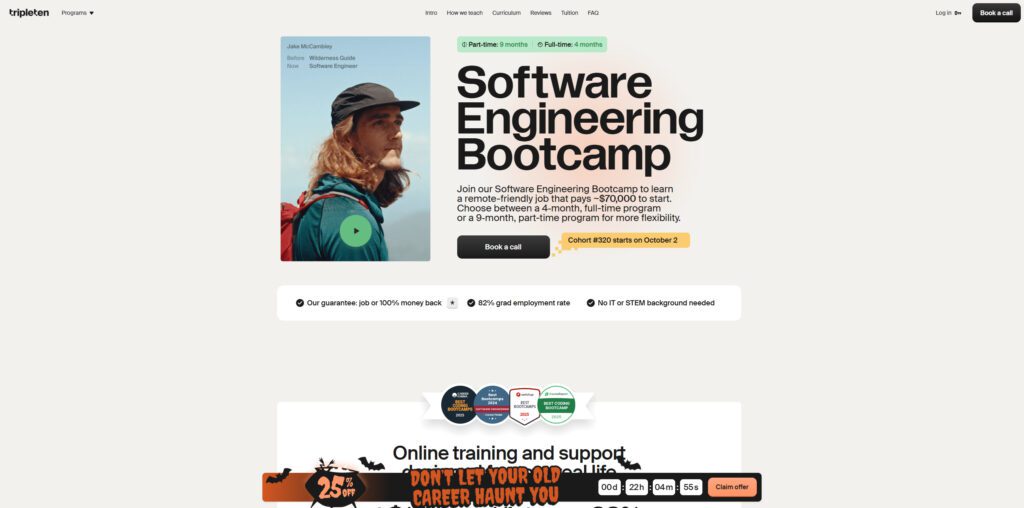
TripleTen offers online, part-time bootcamps geared toward people balancing life, work, or other obligations. Their job guarantee (refund if you don’t find a suitable job within ~10 months) is a bold promise. Because of their flexible approach and promise, it’s become a favorite for late-starters.
Strengths:
- High flexibility
- Strong reviews
- Career support + guarantee
Caveats: The guarantee often has conditions (region, job type) — read fine print.
Springboard (Software Engineering Career Track)
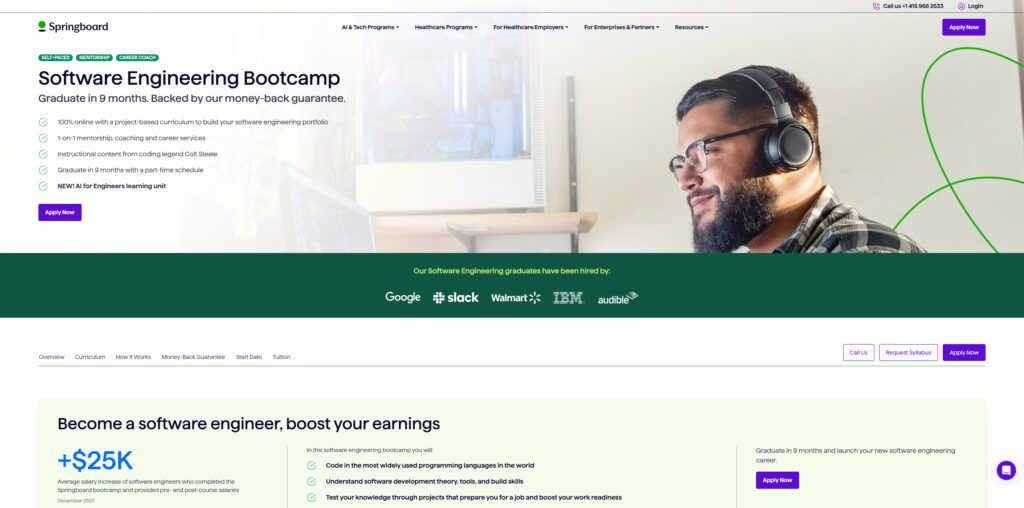
Springboard’s model leans heavy into mentorship and accountability. It’s a long, deep program — they claim ~800 hours of curriculum — covering both front-end and back-end.
Strengths:
- Excellent mentor support
- Career coaching and interview prep integrated
- Deep curriculum
Caveats: Time commitment is substantial. If you don’t follow the schedule, you might lag.
Fullstack Academy
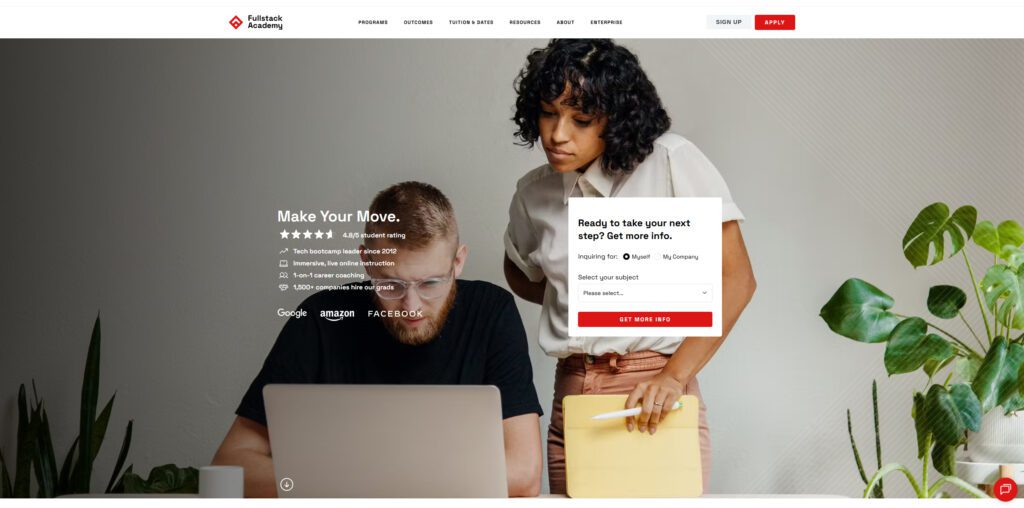
Originally known for full-stack JavaScript, Fullstack Academy has strong pedigree. Their online bootcamp covers back-end topics seriously (Node, databases, APIs).
Strengths:
- Cohort-based (you move with others)
- Well-known name (helps for your CV)
- Balanced curriculum
Caveats: Full-stack emphasis means back-end parts might get “less spotlight” relative to front-end.
Altacademy (backend-focused track)
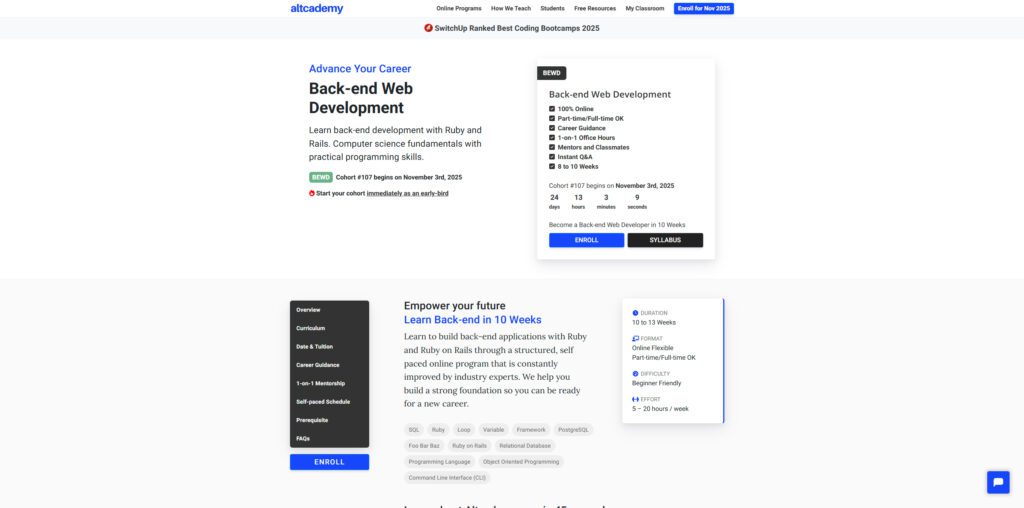
Altacademy is interesting because they explicitly separate front-end, full-stack, and back-end tracks. Their backend track is relatively long (~25 weeks full-time; up to ~50+ weeks part-time) and mentor-led.
Strengths:
- Tailored for backend (you’re not diluted into front-end stuff)
- Mentorship focus
- Good flexibility
Caveats: Not as widely known as larger bootcamps; you’ll want to vet their alumni.
Hack Reactor (Remote)
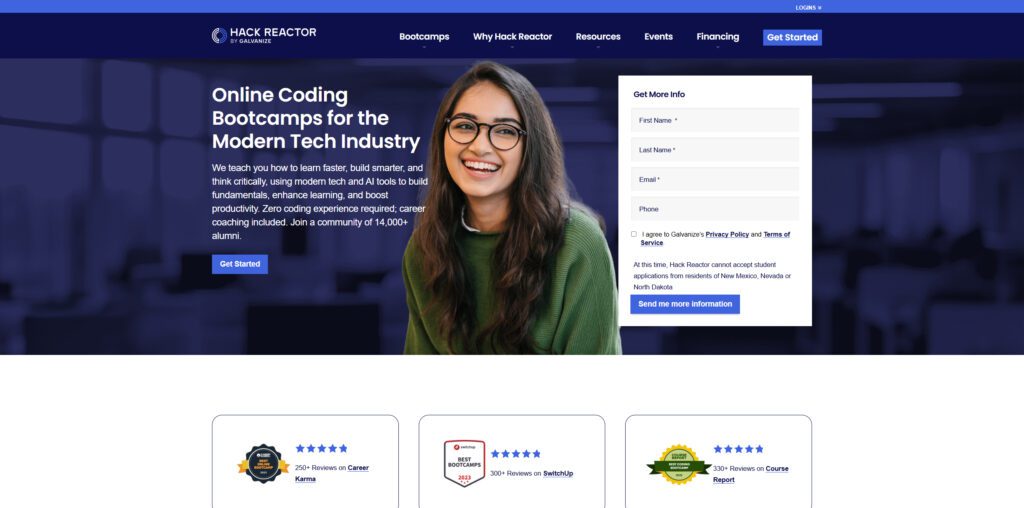
Hack Reactor is a storied name in bootcamps. They now operate remote-only, with strong focus on JavaScript, Express, databases, architecture.
Strengths:
- Selective (raises the bar)
- Known rigor
- Alumni network
Caveats: Intense workload. If you’re not ready for deep immersion, you might struggle.
Thinkful / Chegg Skills
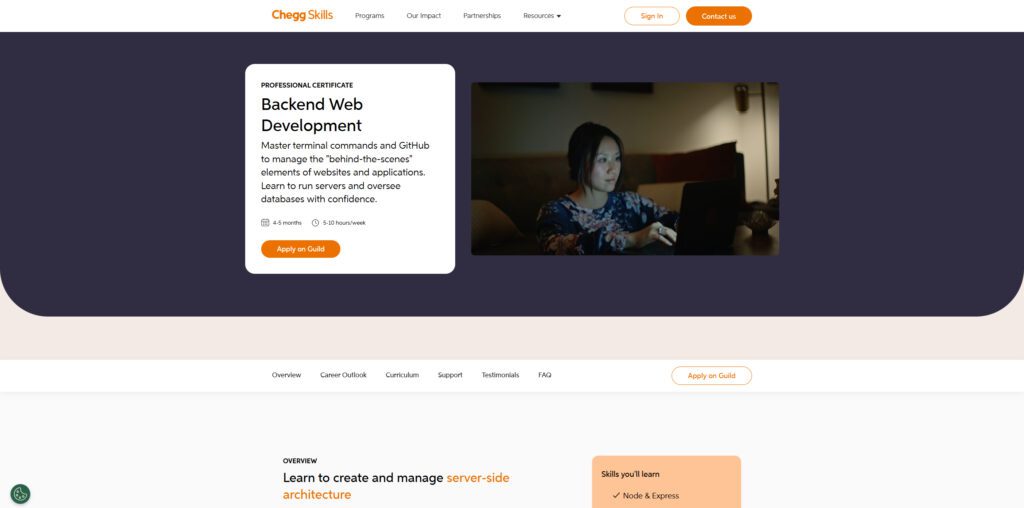
Thinkful (now under Chegg Skills) has offered coding bootcamps with career services and refund policies. While their program has front-end components, their back-end modules are solid.
Strengths:
- Budget flexibility
- Career coaching
- Established brand
Caveats: Rebrand means transitions — always check current terms.
Free / Low-cost options (if you’re budget-conscious / self-driven)
If you’re cautious about financial risk, there are free or near-free paths that emphasize the back-end:
- freeCodeCamp — extremely well-known, open curriculum; teaches Node, Express, databases, and APIs.
- boot.dev — runs backend-heavy learning paths; cited in developer forums as a good free alternative for backend learning.
- The Odin Project — while often oriented to full-stack, many learners elect to emphasize the back-end portion.
Pros: low financial risk, high control over pace
Cons: less direct mentorship, less external accountability
Which bootcamp fits you (guide to making the right choice)
All right — having names is good. But what fits you? Ask yourself:
- How much time can I commit weekly? Full immersion needs 30–50 hours/week.
- Do I need guarantees/refunds? If failure feels catastrophic, lean toward guarantee models.
- Which language/ecosystem do I aim to work in? If your ideal job is Python backend, don’t choose a bootcamp that only does JavaScript.
- How important is credibility / brand on my CV? A bootcamp with name recognition can help open doors.
- How strong do I need the career support to be? Some programs have stellar placement divisions, others don’t.
One more tip: talk to recent alumni. Ask, “Are they doing backend work now? Did the bootcamp prep them well?” Some bootcamps might overstate outcomes.
How much should you expect to spend?
Here’s the blunt truth: coding bootcamps aren’t cheap. Most reputable programs fall somewhere between $8,000 and $20,000 USD in 2025. The price range is wide, and it depends on factors like:
- Format: Full-time immersive tends to cost more than part-time online.
- Location: In-person programs in major U.S. cities often tack on a premium.
- Brand reputation: Established names like Hack Reactor or Fullstack Academy can be pricier than newer or smaller schools.
- Add-ons: Some bundle extra career coaching, networking events, or extended mentorship.
That said, it’s not just about the sticker price. Most bootcamps now offer:
- Income Share Agreements (ISAs) — where you pay only once you land a job above a certain salary threshold.
- Deferred tuition — start learning now, pay later (sometimes with higher overall cost).
- Monthly installment plans — spreading $10k over 24 months softens the upfront blow.
- Scholarships — often for veterans, women in tech, or underrepresented groups.
And then there’s the “hidden cost”: time. If you’re in a full-time program, you may need to pause your current job. That’s lost income, and it can weigh heavier than the tuition itself.
So, how should you think about it? The way I frame it is this: the investment should be meaningful but not crippling. Spending $12k on a solid bootcamp that helps you land a $75k+ junior backend role is different from throwing $20k at a program with no career support.
A bit of a reality check (because I’m rooting for you)
I want to be candid: bootcamps are not magic. You’ll struggle. You’ll hit walls. Some nights your brain will fry trying to debug that obscure SQL join bug.
Also, while many bootcamps promise job placement, it’s rarely instant or guaranteed across the board. Often, offers you get post-completion might be slightly junior roles or internships — but that’s fine. That’s how you grow.
To manage risk:
- Budget an extra 3–6 months of job search time
- Continue building side projects even during the bootcamp
- Grow your network (GitHub, LinkedIn, meetups)
- Be ready to do contract/ freelance gigs early
Also, tech is shifting — microservices, serverless, APIs, security, and cloud functions are trending heavily. Good bootcamps in 2025 will include those modules (you’ll see them mention Docker, Kubernetes, AWS, etc.). Some are also integrating LLMs and AI-assisted back-end tools.
There’s also interesting research right now about how LLMs can assist (or complicate) back-end code construction — for example, a recent benchmark (BaxBench) evaluates how well models can generate robust backend logic, including handling security challenges. In short: being a human developer who understands architecture and edge cases still matters more than ever.
Final thoughts: your investment, your path
If I were in your shoes today, here’s how I’d pick:
- Identify the language / stack I want (e.g. Python, JavaScript, Java).
- Pick a bootcamp that deeply supports back-end in that stack.
- Ensure there’s strong mentorship and career support.
- Hedge my bets by continuing to build small backend projects alongside.
- Use alumni feedback as a final sanity check.
Choosing a bootcamp is itself an investment. But with the right one, you might compress years of self-teaching and mistakes into months of guided growth. That said, the learning doesn’t stop — after the bootcamp, you’ll still need curiosity, persistence, and practice.



